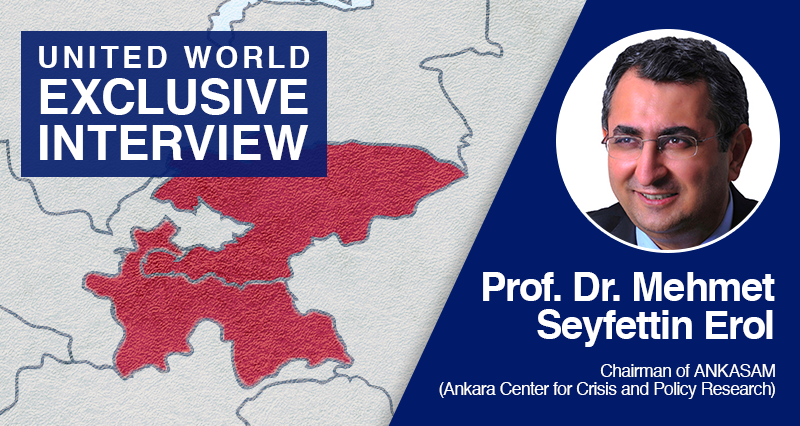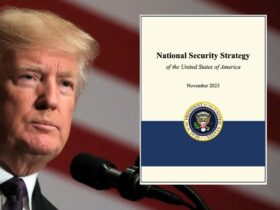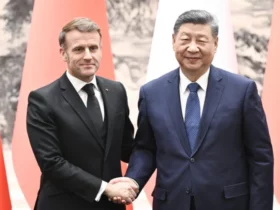The tension which started between Kyrgyzstan and Tajikistan on April 28 around control over the Golovnoy water distribution network continued into the next day, when the people of two countries started throwing stones at each other. The number of people who lost their lives in the collisions reached 49. Although the parties declared a ceasefire last Friday, clashes continued in some villages. A new ceasefire agreement was signed on Saturday and both parties respected the agreement over the weekend.
It is well known that the countries have had conflicts over the borders in the region for the last 30 years. We talked to Prof. Dr. Mehmet Seyfettin Erol, Chairman of ANKASAM (Ankara Center for Crisis and Policy Research) about the reasons and global and regional reflections of the tension between Kyrgyzstan and Tajikistan.
‘Uzbekistan is also a part of the process’
What are the problems that lead to a crisis between the two countries? How will the outcome of this crisis be reflected in other regional countries?
We see that the following issues stand out as the apparent reasons of the border conflict between Tajikistan and Kyrgyzstan which took place after the Collective Security Treaty Organization (CSTO) meetings held in Dushanbe: 1) Intensification of long-standing conflicts with regards to the distribution of water sources; 2) The fact that the border conflict between the countries which are both parts of the same military block (CSTO) have not been solved yet.
It is really important that Batken, which is in the “Fergana Region” , regarded as ‘the Heartland of Central Asia’, is being brought forward in this struggle. Although the crisis is officially between Kyrgyzstan and Tajikistan, the process also deeply concerns another actor in the region, Uzbekistan. The fact that there is some land belonging to Uzbekistan in the region explains why Tashkent is involved in the process as well. Therefore, the problem might potentially deepen in a way that concerns all three countries if it cannot be contained. This answers the question of why Uzbekistan is pursuing an active, positive diplomacy with regional countries in order to resolve these conflicts over the border.
At a time when the regional countries are increasingly showing determination in solving their own problems and resolving border conflicts, it is really interesting to witness the break-out of the previously mentioned events.
‘The aim is to control the heartland’
You used the term, “apparent reasons of the crisis”. What do you think are the real reasons underlying the crisis?
Let us be very clear about this: while the Kyrgyz – Tajik conflict basically seems like a border conflict between the regional countries, the real goal is to prevent a “Fergana Union” which would be led by a possible consensus between these countries. So, the aim is to control the heartland, and therefore it is not desirable for regional countries to have a say over Fergana.
To this end, turning the Fergana Valley into a powder keg for regional countries has been one of the main parameters of the politics pursued there, and the above-mentioned reasons have set the base for the “divide-separate-clash-conquer-control” strategy. Several conflicts that occurred in different periods and the fact that the conflict has been frozen from time to time is an indication of this.
As mentioned above, the main reason for the conflict is the control of the Fergana region and power projection over the region. This crisis comes at a time when the Afghanistan crisis is at its peak and when the threat of terrorism ranks high in the agenda of the Middle East. It also comes at a time when the power struggle between the US, Russia and China has started to shift to the Asia-Pacific region and the Russia-China alliance is being targeted: this is a return to “the Great Game”.
Conflict in Central Asia would serve the interests of the US
Who do you think would benefit the most from this crisis? How would this crisis reflect on the global power struggle?
When we consider the goals and conditions of all of the regional actors, we predominantly see that these events serve the interests of the US. As a result, the events in the Kyrgyz-Tajik border constitute the first major conflict in Central Asia during the process of the US’ retreat from Afghanistan. While this conflict marks the beginning of a new era, it can also be construed as one of the first dominoes to fall in the competition between Russia and the US. We can foresee that the Central Asian agenda will be further occupied by social movements, acts of terrorism and border conflicts in the upcoming period. A power struggle over keeping Central Asia under control of Fergana-centered developments has begun.

















Leave a Reply